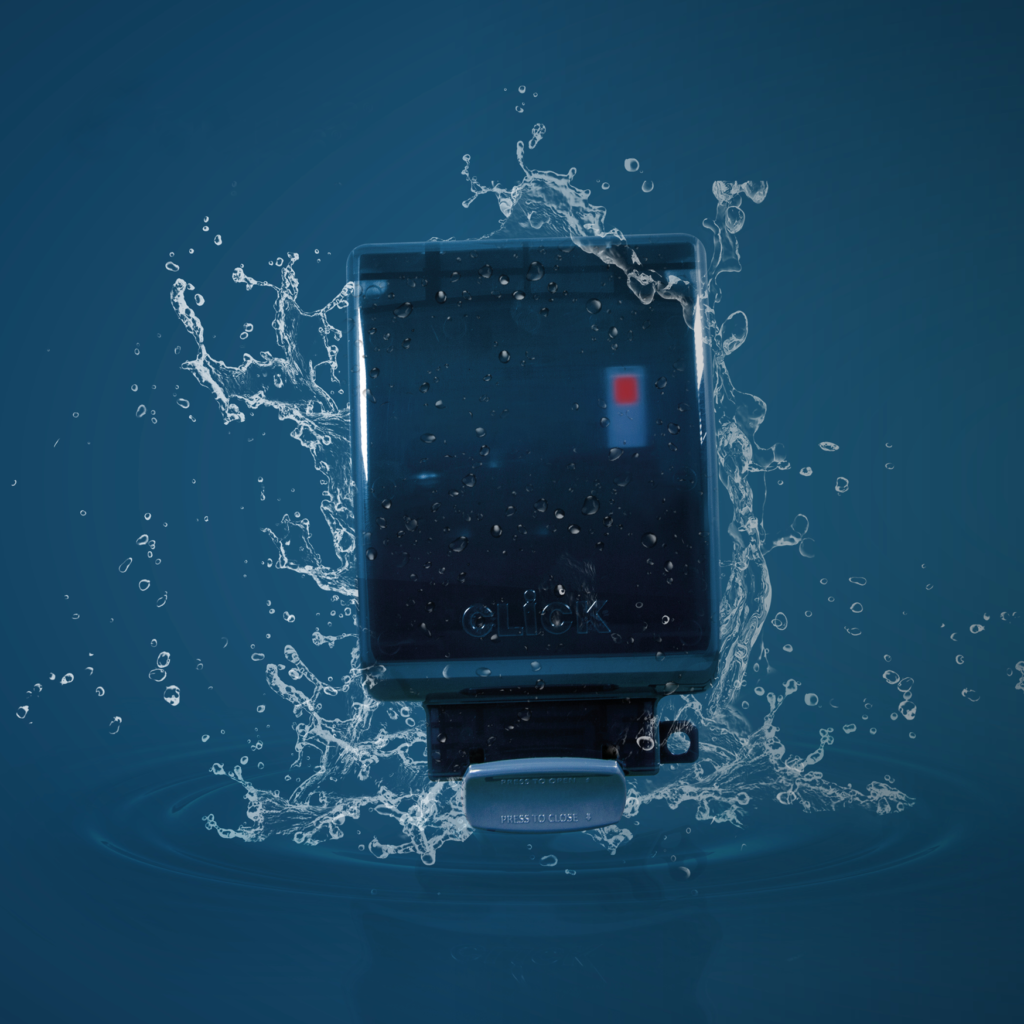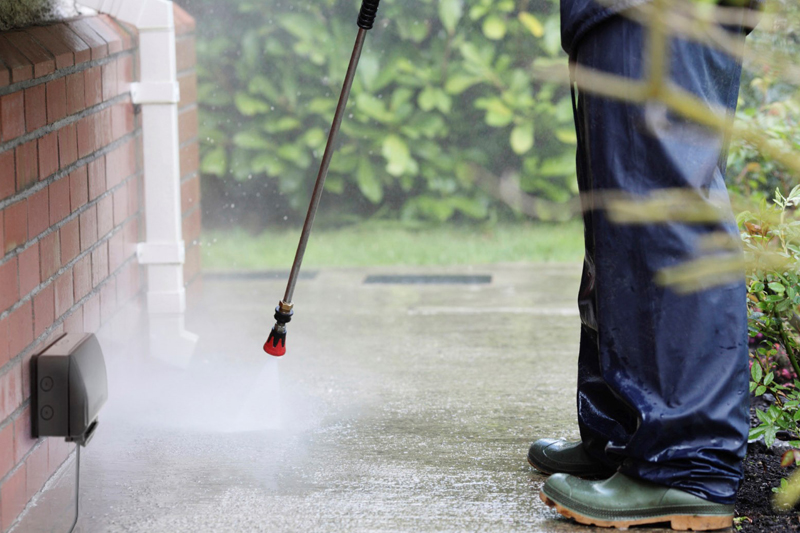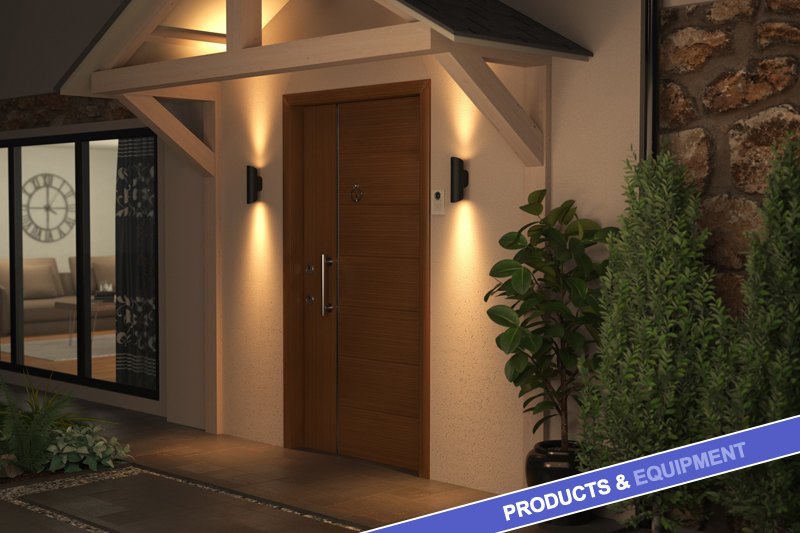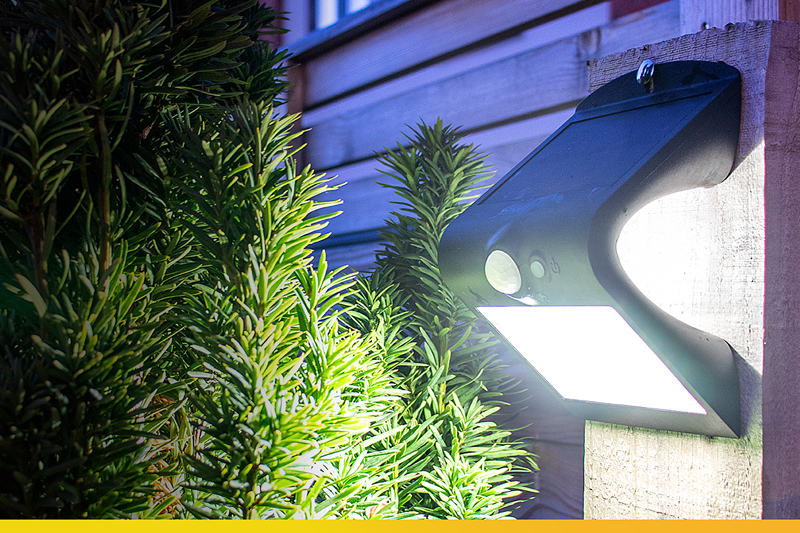Jake Green Head of Technical Engagement, Scolmore Group, examines some of the factors to be considered when installing equipment outdoors.
As with all electrical installation designs, it is important that the installer takes due account of a range of factors, including amongst other things, nature of demand, environmental conditions, type of wiring and method of installation as detailed in Regulation Group 132.
Environmental factors
Any equipment installed must be fit for purpose. To ensure that any installed electrical equipment is fit for purpose the designer/installer must select equipment that conforms to a suitable British or Harmonised Standard (133.1.1). This requirement does not preclude the use of equipment outside the scope of its standard, however where this is the case, the installer must confirm that the equipment meets the same degree of safety as that afforded by compliance with the Regulations (133.1.3).
In addition to these basic requirements, the installer must account for the environmental factors which are likely to prevail. Where equipment is installed outside, the factors to consider will include:
- Variations in temperature
- Variations in humidity
- Ingress of moisture
- Effects of flora and fauna
- Effects of radiation (direct sunlight)
- Vibration
- Access to ordinary persons.
Appendix 5 of BS 7671 provides details of environmental factors.
Installation
As with all installation work, good workmanship by skilled or instructed persons and proper materials must be used in the erection of the installation (134.1.1). The installer must take due account of manufacturers’ instructions, and although such instructions are not regulatory, where such equipment is used outside of its scope it is unlikely that any warranty will apply.
The proper function of any equipment installed must not be impaired by the installation process. For example, an IP rating of IP66 only applies where no damage has occurred to the device.
Section 522 (Selection and erection of wiring systems in relation to external influences) details particular requirements relative to the external influence.
Any equipment selected for installation must be capable of safe operation for the highest and lowest ambient temperature likely to be encountered. In the UK this is likely to vary from one part of the country to another, however temperatures as low as -15°C and +40°C are to be expected (522.1.1). It is of note that for outdoor lighting installations, Regulation 714.512.2.1 details an ambient temperature range of -40°C to +40°C.
Where there is the presence of water and high humidity careful consideration must be given to the IP rating of the equipment (522.3.1). The extensive Click Scolmore wiring accessories portfolio includes the Aquip66 range of IP66 rated weatherproof outdoor switches and socket outlets, which would be ideal for this environment.
Watertight solution
The Aquip66 weatherproof sockets come as completely sealed units to offer a high level of protection against ingress of water jets and dust. The range comprises 1 and 2 gang 13A switched power socket outlets that are also available supplied with a semi-transparent lid and socket outlet with neon. A 13A switched fused connection unit is also available and can be supplied with a semi-transparent cover with neon power indicator, as well as with a standard cover. The IP66 rated range is available in an anthracite grey finish.
It is likely that electrical equipment installed outside will be subject to potential damage by impact. Regulation Group 522.6 requires the installer to select such equipment that it is not liable to damage due to mechanical impact/abrasion/tension/compression either during installation or during its use.
Where electrical equipment is suspended, such as with luminaires, the connection must be made with cables having flexible cores (522.7.2).
Where equipment is used outdoors, it may be subject to damage from flora (plant life), but more particularly from fauna (animals) (522.9.1). Rats and mice can gnaw through cables and also gain access to relatively small spaces (522.10.1). Furthermore, birds can damage equipment through defecating and nesting.

Additional protection
It has been the case that for some time BS7671 has required additional protection for socket outlets and mobile equipment to be used outdoors. Regulation 411.3.3 requires circuits supplying such systems to have additional protection by means of an RCD having a rated residual operating current not exceeding 30mA.
For outdoor lighting installation there is a further requirement for circuits supplying lighting that is accessible to the public to have additional protection by means of an RCD having a rated residual operating current not exceeding 30 mA (714.411.3.4).
Last year, Click Scolmore added a number of RCD socket outlets to its Essentials wiring accessories range, including a 13A 2 gang double IP66 weatherproof Type A passive RCD switched socket outlet. This product comes under the company’s Aquip66 weatherproof range, and is suitable for outdoor use. These RCD sockets are socket outlets with an RCD built into them which can be used in place of a standard socket-outlet. These are known as passive RCDs which means that when power is lost due to a fault, the RCD disconnects and isolates the piece of equipment it is protecting. Passive RCDs do not trip during power cuts.
Conclusion
Designers and installers must take great care in selecting and erecting electrical equipment outdoors. The additional shock risks and likely impact of environmental factors require suitable equipment to be installed in line with the manufacturer’s guidance.
Further details are available here





